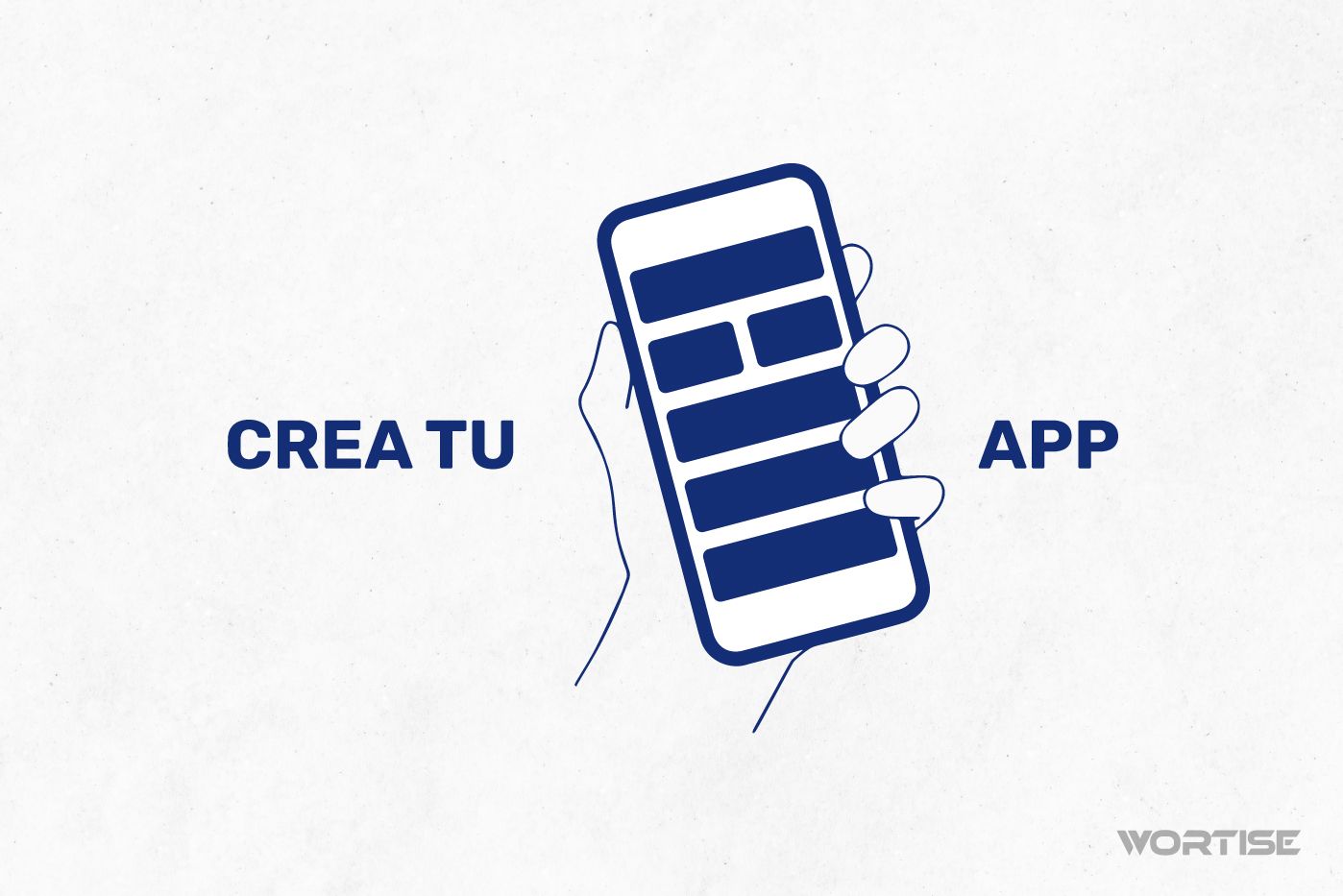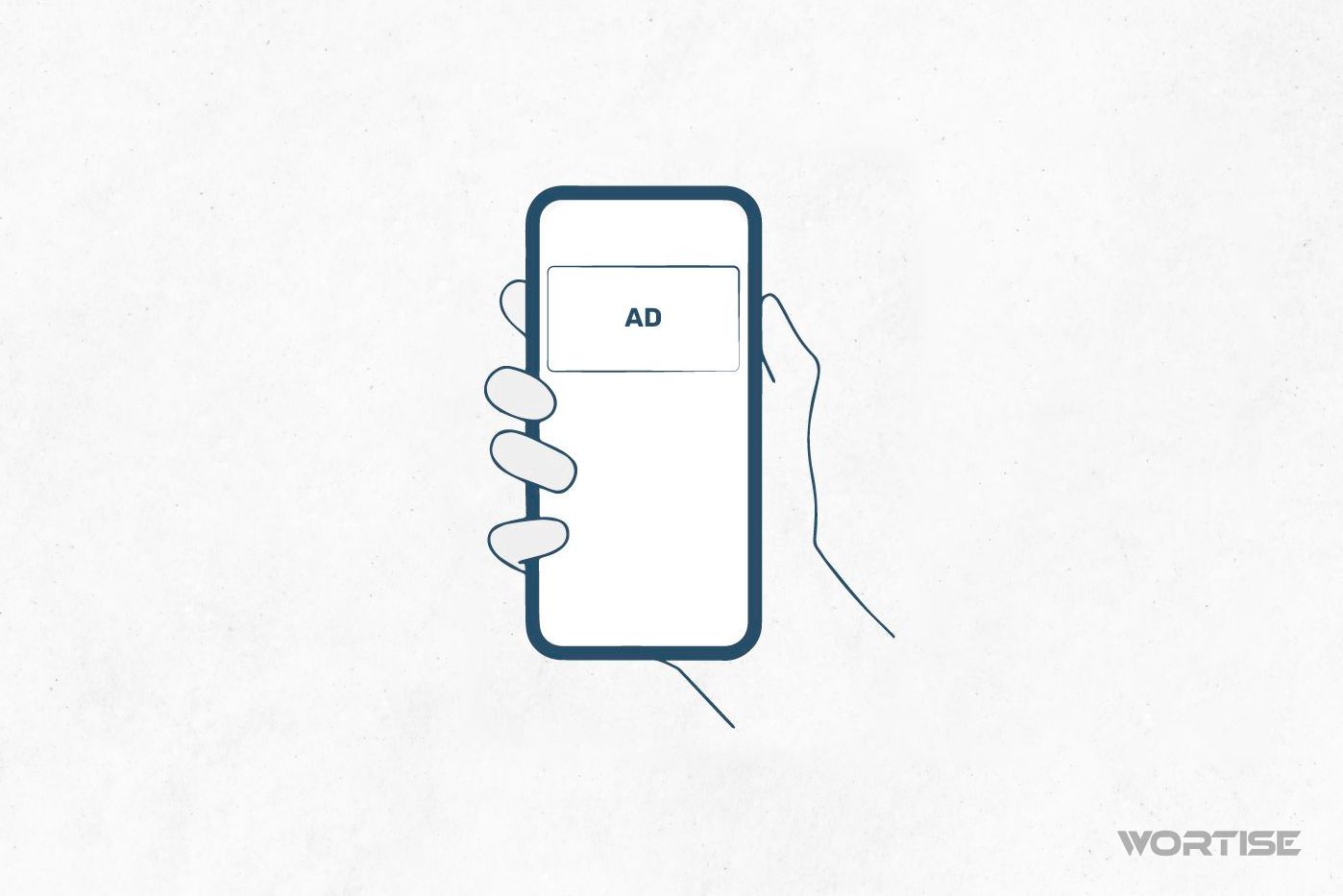In the world of programmatic advertising, understanding the utility of CPM vs RPM for profit calculation is crucial. However, it’s not always clear to everyone what each of these metrics is meant for, especially for publishers starting their careers.
Are you one of those who still aren’t quite sure? Then it’s time to clear up any confusion.
If you’re reading this, you probably have a team that handles estimations. While they may be effective, it’s vital for you to have a precise understanding of each element contributing to defining your strategies, optimizing them, and increasing your revenue. When you have a clear picture, you can create more effective plans together.
In addition to improving communication with your team, understanding the use of metrics gives you a different perspective on the programmatic advertising ecosystem. You’ll know what publishers and advertisers are looking for, how they can estimate it, and what tools they should use to measure their success. Knowledge directly translates into higher earnings.
CPM vs RPM: Some Considerations to Differentiate Them
Reports, projections, and work proposals—you’ve probably seen metrics almost every day. But if you’re still not clear on how to identify and differentiate them, let’s start with some fundamental premises. What are they? Do they serve everyone? Which ones matter to you as a publisher? With answers to these questions, it becomes much simpler to distinguish CPM vs RPM.
Therefore, let’s review what a metric is, which ones are most commonly used, and how you can leverage them in your role as a publisher.
Metrics are the foundation for measuring the results of any monetization strategy
A metric, in essence, is nothing more than a formula that can help you estimate or evaluate the progress of any programmatic advertising campaign. These progress indicators have different expressions for publishers who apply monetization strategies and for advertisers who study the effectiveness of their ad placement plans.
Unlike a Key Performance Indicator (KPI), a metric measures specific aspects involved in programmatic advertising. Some are aimed at quantifying aspects of interest to publishers.
Why do metrics matter to publishers?
These formulas help fine-tune any monetization strategy you’re developing. At this point, you can optimize your ad inventory, improve your app’s performance, or make technical adjustments to ensure a higher click-through rate on a creative, for example.
Metrics also help you evaluate the benefits of the payment methods you negotiate with advertisers and calculate how much you’ll earn. Depending on the mechanism, specific formulas are applied for each scenario.
Do metrics also work for advertisers?
Yes, they are indispensable tools to ensure the success of any campaign. They help estimate how much to invest, track progress made, and determine the return on their investment.
Today, it’s nearly impossible to survive in the world of programmatic advertising without using metrics. They are your fundamental allies in determining whether the path you’ve chosen is really delivering results.
Of course, each metric has its utility. Which one to use? When should you use them? At this point, it’s time to understand the differences between CPM vs RPM.
CPM, a metric that works for both publishers and advertisers
Cost Per Mille Impressions or CPM is primarily a metric that corresponds to one of the most common payment models in programmatic advertising. Every time an ad gets an impression, you’re monetizing. Based on this dynamic, advertisers also design their investment plans.
This metric is generally used for display advertising, which doesn’t require additional actions like clicks or conversions. Additionally, it can help a publisher evaluate and optimize their ad inventory.
How can you calculate CPM?
It’s a very simple formula. You just need to divide the planned campaign expenditure by the expected number of impressions. The result is then multiplied by one thousand. If we were to visualize it, it would look like this:
CPM = (Campaign Cost / Expected Impressions) x 1000
Let’s assume an advertiser will invest $100,000 in a campaign to generate 900,000 impressions. In this case, the calculation would be as follows:
100,000 / 900,000 = 0.11
0.11 x 1000 = 110
CPM = 110
In this case, the advertiser will pay $110 for every thousand impressions generated by the campaign.
As you can see, CPM can serve two purposes. For advertisers, it allows them to estimate their investments and evaluate which ad networks are most effective for their purposes. For publishers, it provides a first approximation of the potential earnings they will receive from a specific ad.
CPM and other relevant metrics
While CPM allows you to estimate the investments and earnings generated by an ad, it has a limitation. It assumes an ideal scenario when calculating, considering that the maximum number of planned impressions will be reached. Therefore, it is generally used for initial estimations.
To address this situation, some variations of this metric have been proposed to help evaluate the actual scenario. When you become familiar with them, you’ll see that you have many options to keep track of your plans and monetization strategies.
eCPM or Effective Cost Per Mille Impressions
Estimates the revenue you receive for every thousand impressions that an ad actually receives, i.e., when it’s actually viewed. To calculate it, you simply divide the total revenue generated by a campaign by the number of impressions it actually achieved. The result is then multiplied by 1000.
vCPM or Viewable Cost Per Mille Impressions
Used on websites to estimate the number of visitors who actually viewed an ad. Its calculation also follows a payment model. In this case, the advertiser pays every time the creative is actually seen by a user.
What’s the benefit of calculating CPM?
For your work as a publisher, this metric helps expand the possibilities of generating more revenue. You can set a more appropriate price for your ad inventory, determine which advertisers are bringing you the most revenue, and identify the ad formats that are performing the best.
These benefits are further enhanced by having a solid foundation for your decisions, as you are working with precise and processed data.
RPM: Get Ready to Estimate Your Earnings
If there’s one thing that concerns you as a publisher, it’s knowing how much you’re earning with all the ads displayed in your app. Different advertisers use your platform to place their creatives, so you need a comprehensive view of the earnings from monetization. This is where Revenue Per Mille Impressions or RPM comes into play.
With this metric, you can calculate the revenue obtained for every 1,000 impressions that advertising displays in your application. This includes various formats such as banners, video ads, playable ads, or any other.
How is RPM calculated?
In this case, you need to divide the total revenue received from programmatic advertising in your app by the total number of impressions it achieved. The result is then multiplied by 1,000.
The formula looks like this:
RPM = (Total Revenue / Total Impressions) x 1000
Let’s consider this scenario: a publisher records $400,000 in total revenue from programmatic advertising and reports a total of 750,000 impressions.
In this case, the calculation is as follows:
400,000 / 750,000 = 0.53
0.53 x 1000 =
RPM = 530
So, for every thousand impressions reported by the publisher in their app, they received $530.
With this calculation, you can develop actions that contribute to achieving your monetization goals and maintain or increase your programmatic advertising revenue.
RPM and Other Relevant Metrics
Just as CPM shares similarities with other metrics, RPM also has similar indicators. They are designed for more specific measurement of variables of interest for evaluating revenue and performance of specific components within monetization plans.
Each of these formulas can be useful for a publisher, depending on the characteristics of their app and ad inventory.
Page RPM
Determines how much an advertiser pays for every 1,000 effective impressions on a web page. To estimate it, you divide the total revenue by the total number of impressions per page. The result is then multiplied by 1,000.
With this metric, you can identify which ad pages perform the best, evaluate their configuration, and use this information to optimize those that aren’t delivering the expected results.
Session RPM
In this case, earnings are calculated based on the number of visits a website receives. It takes into account each instance when a user enters and maintains uninterrupted interaction with the platform. This is what’s known as a session.
The formula in this case is similar to others. You divide the total revenue by the number of sessions. The result is then multiplied by 1,000.
This metric is very useful not only for measuring ad performance but also for detecting other aspects of the website that may impact the user experience.
What benefits do you gain when you calculate RPM?
Unlike CPM, RPM helps you get a comprehensive view of your ad inventory. You’ll know which formats are more appealing, estimate the real value of your advertising space, and design much more effective strategies to realize your monetization plans.
For example, you can improve ad placement mechanisms and optimize the user experience, both of which are crucial for achieving effective impressions and, consequently, more revenue.
Additionally, you can review the performance of your ad inventory on different platforms, allowing you to better target your presence in these environments.
At this point, we must caution you: RPM provides an estimate, not an exact income amount. Nonetheless, it’s a useful tool for making timely decisions and adjustments when needed.
Differences Between CPM vs RPM: What You Should Be Clear About
Now that we understand the roles of CPM and RPM, it’s easier to comprehend the differences between these metrics. They revolve around their utility for publishers and advertisers, ad evaluation, and their role in the programmatic advertising landscape.
CPM focuses on the advertiser’s investment
Cost Per Mille Impressions not only forms the basis of an ad placement model but also serves as a way to determine the cost and track an advertising campaign. In the case of auctions on ad networks, this metric helps determine the cost per impression of a creative.
Furthermore, this metric only takes into account impressions within an app or website and does not consider other forms of user interaction.
RPM concentrates on the revenue generated by publishers
This metric is useful for evaluating earnings and determining whether monetization plans are truly effective. It encompasses a broader range of quantifiable elements, including impressions, page views, or interactions with the website.
Unlike CPM, RPM is not used for pricing determination in ad network auctions. This reaffirms its almost exclusive utility for publishers.
Need to go beyond CPM vs RPM? At Wortise, we’re ready to harness metrics to boost your earnings.
Hello, Publisher! Nobody knows better than you how important it is to measure the performance of your app and ad inventory. Every quantifiable action is a new opportunity to fine-tune your strategies. But often, you need the help of an expert team in programmatic advertising. Ours is ready to assist you.
Our expertise will connect you with major advertisers, drive you to optimize your monetization plans, and improve your overall performance as a publisher.
We connect you with over 100 Ad Networks, offer the highest eCPM in the market, and provide personalized support to address any questions related to in-app monetization tasks.




